Milne Bay Province takes in the land at the extreme eastern end of Papua New Guinea together with seven groups of islands; the Trobriands, Woodlark, Laughlan, Louisiade Archipelago, the Conflict Group, the Samarai Group and the D'Entrecasteaux Group. The names come from a variety of explorers from as early as 1660.
Read More
Milne Bay Province: Papua New Guinea Business Guide
15 Mar 2019 by Leave a Comment



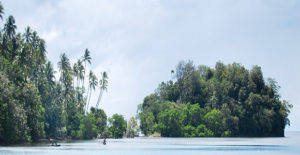
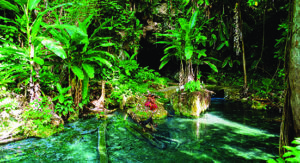
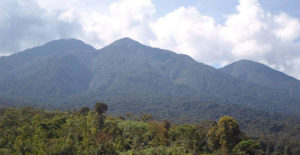
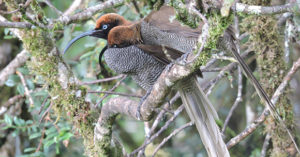
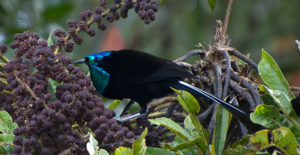
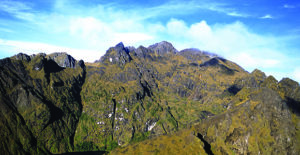
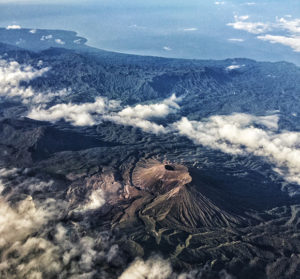
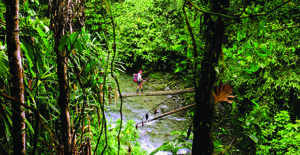
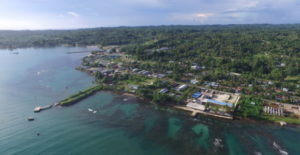





Recent readers’ comments